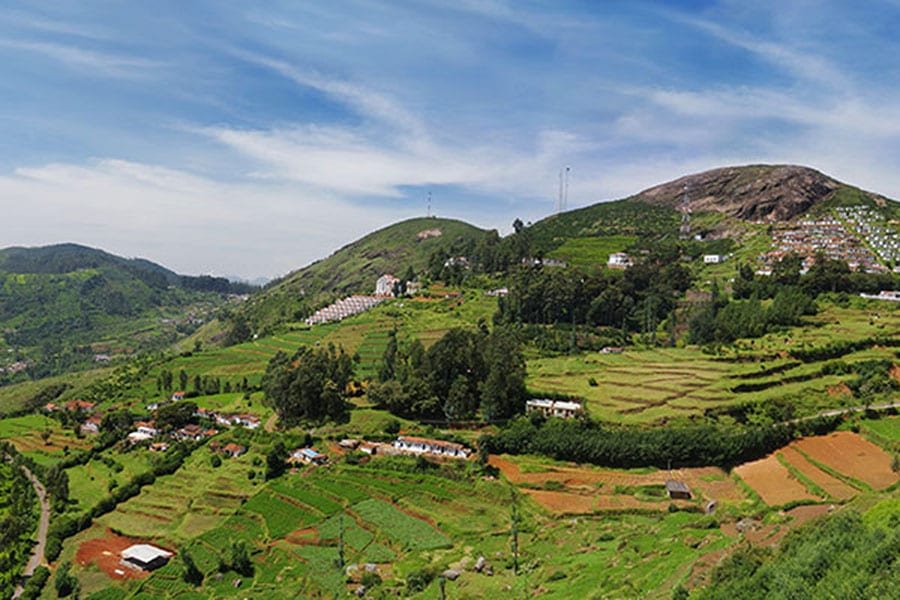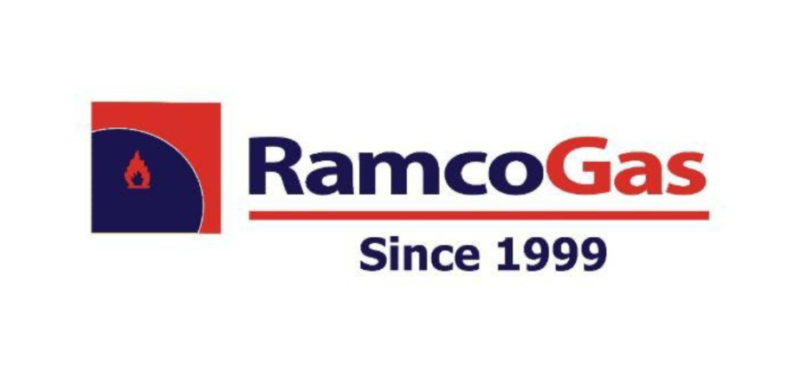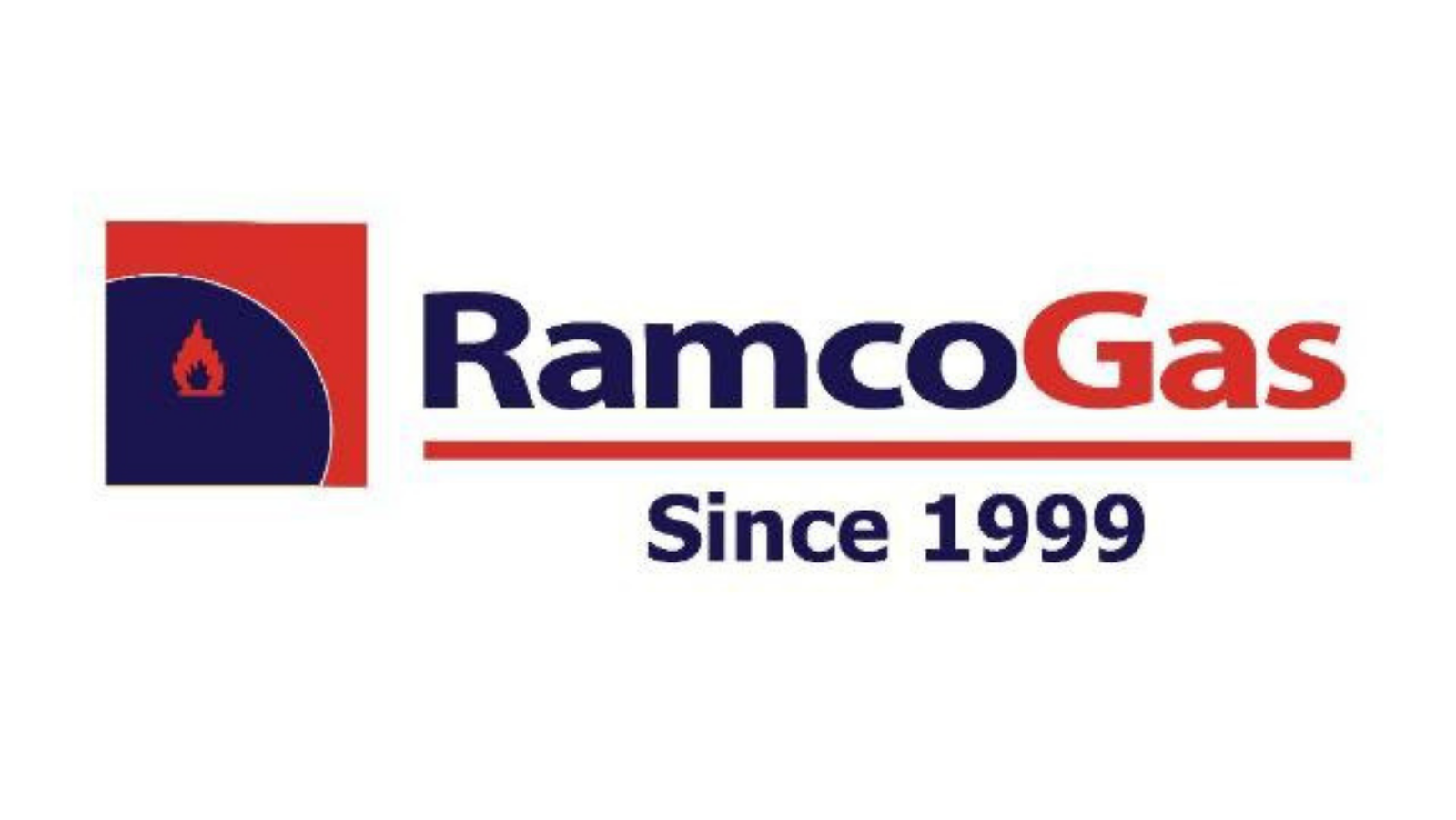Several billion people around the world use LPG at home for a wide range of applications. Cooking and heating are well known but LPG is also used to generate power, clean and dry clothes, mow the lawn and wash your car. LPG provides all the benefits of mains gas, without the connection to the grid. LPG provides warm, cosy heating, hot water as well as the added benefit of instant, completely controllable gas cooking.
AT HOME

LPG provides a modern alternative to traditional cooking fuels (such as firewood, charcoal or dung), contributing to improved indoor air quality allowing people to spend less time collecting firewood and curbing deforestation. They can be tailored to individual home requirements either for the kitchen and elsewhere and have the added advantage of insuring homes against the vulnerability of cuts in power supply



